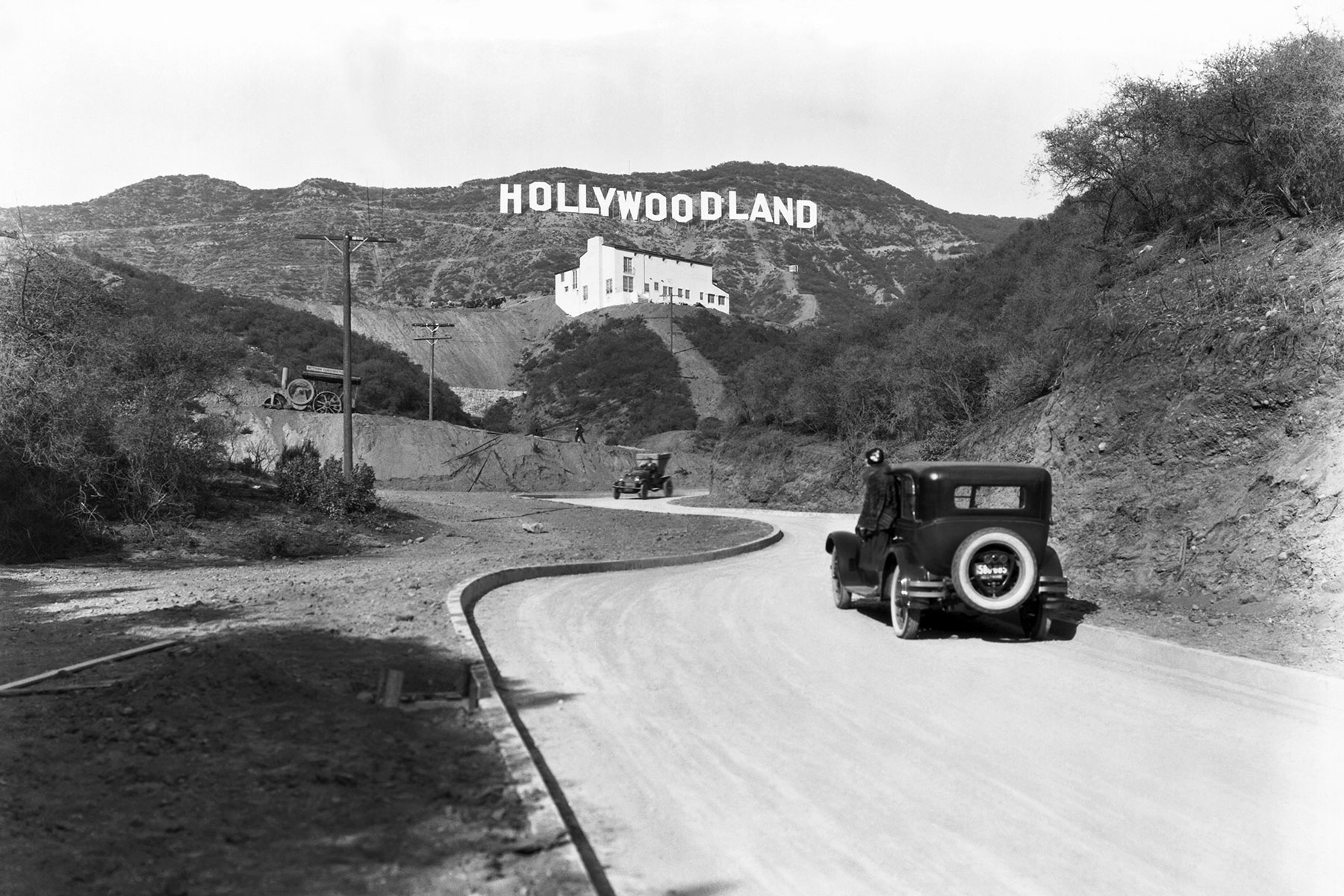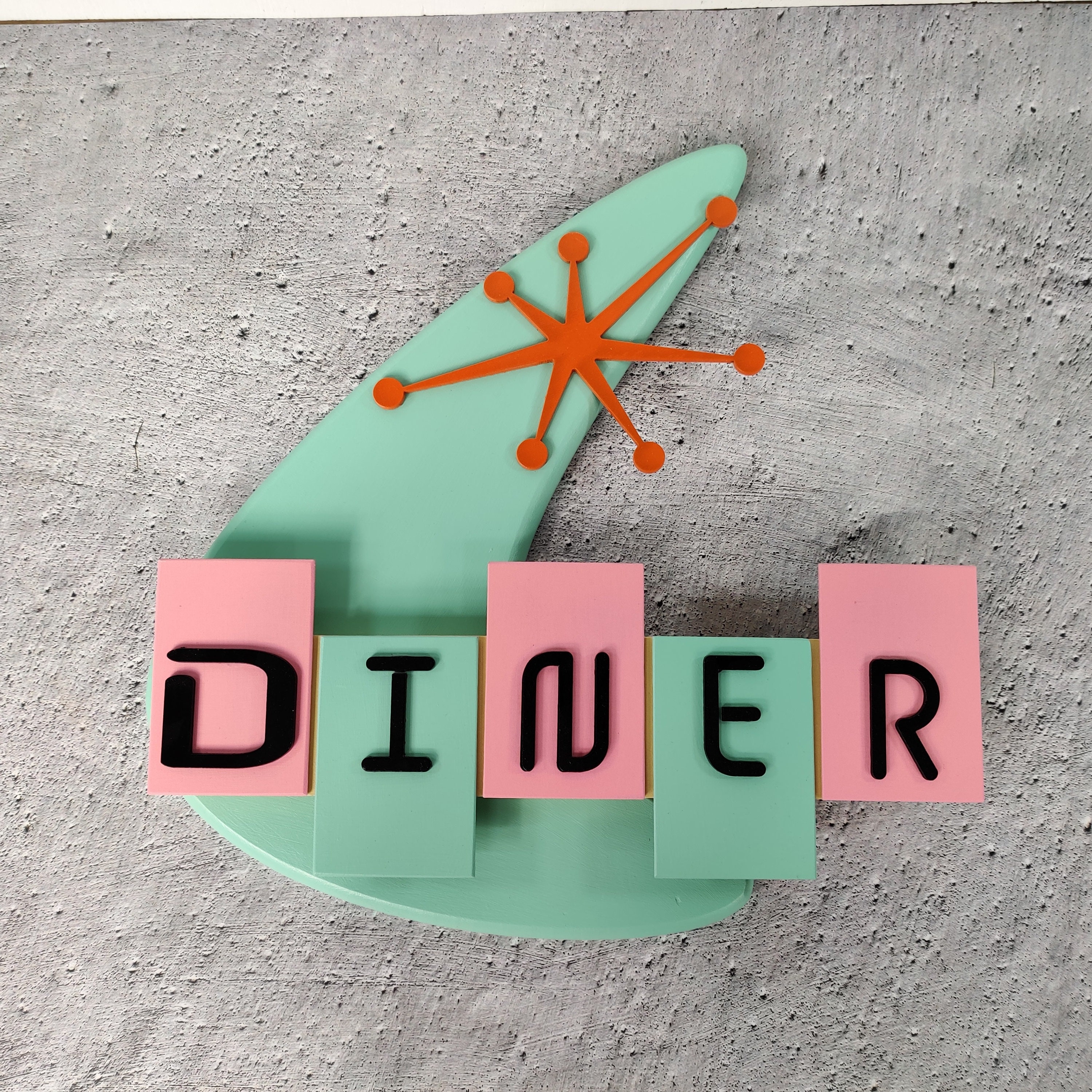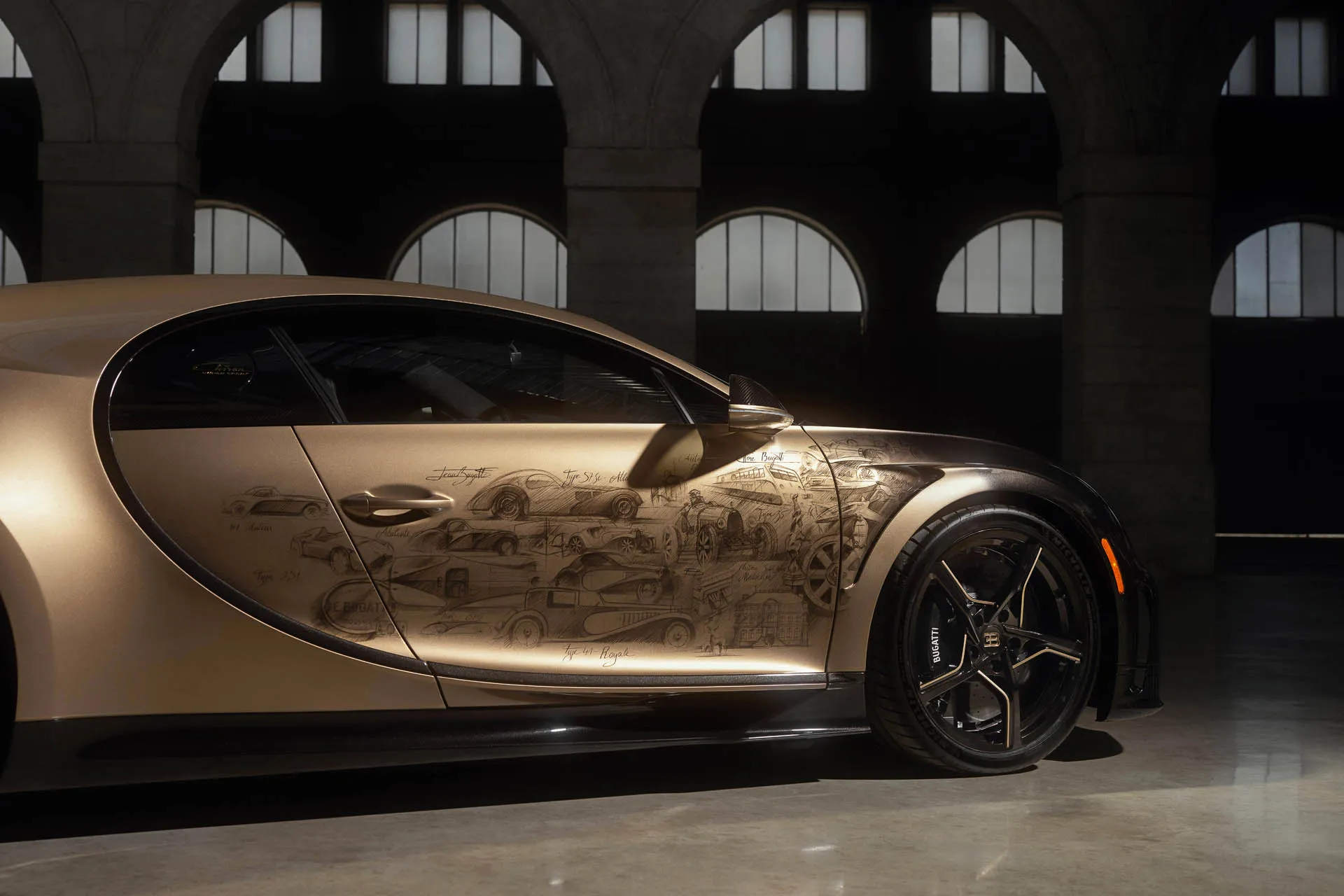The Golden Era Of Sign Design

A silent revolution is underway, transforming the visual landscape of our cities and towns. From bespoke neon installations illuminating hidden alleyways to meticulously crafted wayfinding systems guiding visitors through sprawling complexes, the art of sign design is experiencing a renaissance.
The resurgence is fueled by a confluence of factors: technological advancements enabling unprecedented creative possibilities, a growing appreciation for the power of visual communication, and a renewed focus on creating memorable and impactful brand experiences.
While some argue that the digital realm diminishes the importance of physical signage, the opposite appears to be true. Sign design is not merely surviving but thriving, entering what many are calling a new Golden Era.
The Nut Graf: A Deeper Dive into the Sign Design Renaissance
This article delves into the multifaceted reasons behind the current boom in sign design. It examines the technological advancements, the shifting priorities of businesses, and the evolving aesthetic sensibilities driving this creative surge.
We'll explore how designers are pushing boundaries with innovative materials, fabrication techniques, and interactive technologies, creating signs that are not only informative but also engaging and aesthetically pleasing.
Furthermore, we will consider the perspectives of designers, business owners, and urban planners to provide a comprehensive understanding of this exciting transformation.
Technological Innovation: A Catalyst for Creativity
One of the primary drivers of this Golden Era is the rapid advancement of technology. Digital fabrication techniques like 3D printing and laser cutting allow for intricate and complex designs that were previously impossible to achieve.
LED technology has revolutionized illumination, offering energy-efficient and customizable lighting solutions that can dramatically enhance the visual impact of signs, according to a 2023 report by the Signage Foundation.
Moreover, interactive technologies like augmented reality (AR) are being integrated into signs, creating immersive and engaging experiences for viewers.
The Branding Imperative: Signs as Storytellers
Businesses are increasingly recognizing the crucial role of signage in shaping brand perception and attracting customers. A well-designed sign can communicate a brand's values, personality, and unique selling proposition more effectively than many other forms of marketing.
"Signage is often the first point of contact between a brand and its audience," says Sarah Chen, a principal designer at a leading branding agency. "It's an opportunity to make a lasting impression and create a positive brand experience."
This understanding has led to a demand for more sophisticated and creative sign designs that go beyond simple identification and become integral components of the overall brand narrative.
Sustainability and Accessibility: Designing for the Future
As environmental concerns grow, designers are increasingly incorporating sustainable practices into their work. This includes using eco-friendly materials, reducing energy consumption, and minimizing waste.
Accessibility is another key consideration, with designers striving to create signs that are legible and understandable for people of all abilities, in line with ADA (Americans with Disabilities Act) guidelines.
John Davis, an urban planner with a focus on inclusive design, emphasizes the importance of considering the needs of all users when designing signage. "Accessible signage not only benefits people with disabilities but also improves the overall usability and navigability of public spaces for everyone," he explains.
The Designer's Perspective: Artistry and Functionality
For designers, this Golden Era represents a period of unprecedented creative freedom and opportunity. They are constantly experimenting with new materials, techniques, and technologies to push the boundaries of what's possible.
"It's an incredibly exciting time to be a sign designer," says Emily Carter, a freelance designer known for her innovative use of neon. "There's a real sense of possibility and a willingness to embrace new ideas."
However, designers also recognize the importance of balancing aesthetics with functionality. A sign must not only be visually appealing but also clear, legible, and effective in conveying its intended message.
The Urban Landscape: Signs as Architectural Elements
Beyond their practical function, signs are increasingly being viewed as integral elements of the urban landscape. They can enhance the aesthetic appeal of buildings and public spaces, contribute to the overall character of a neighborhood, and even serve as landmarks.
Cities are beginning to recognize the importance of well-designed signage and are incorporating sign design guidelines into their urban planning regulations, as reported by the National League of Cities in their 2024 Urban Design Report.
This trend reflects a growing understanding of the power of signage to shape the visual environment and create a more vibrant and engaging urban experience.
Challenges and Opportunities: Navigating the Future
While the future of sign design looks bright, there are also challenges to overcome. One of the biggest is the need to balance creativity with budget constraints.
Another challenge is staying ahead of the curve in a rapidly evolving technological landscape. Designers must constantly learn new skills and adapt to new technologies to remain competitive.
However, these challenges also present opportunities for innovation and growth. By embracing new technologies, collaborating with other professionals, and staying true to their creative vision, sign designers can continue to shape the visual landscape for years to come.
Conclusion: A Lasting Legacy
The Golden Era of sign design is not just a fleeting trend but a fundamental shift in how we perceive and interact with the built environment.
By combining artistry, functionality, and technological innovation, sign designers are creating a lasting legacy that will enrich our cities and enhance our lives.
As we move forward, it is crucial to continue supporting and celebrating the work of these talented individuals who are shaping the visual landscape of our world.


















